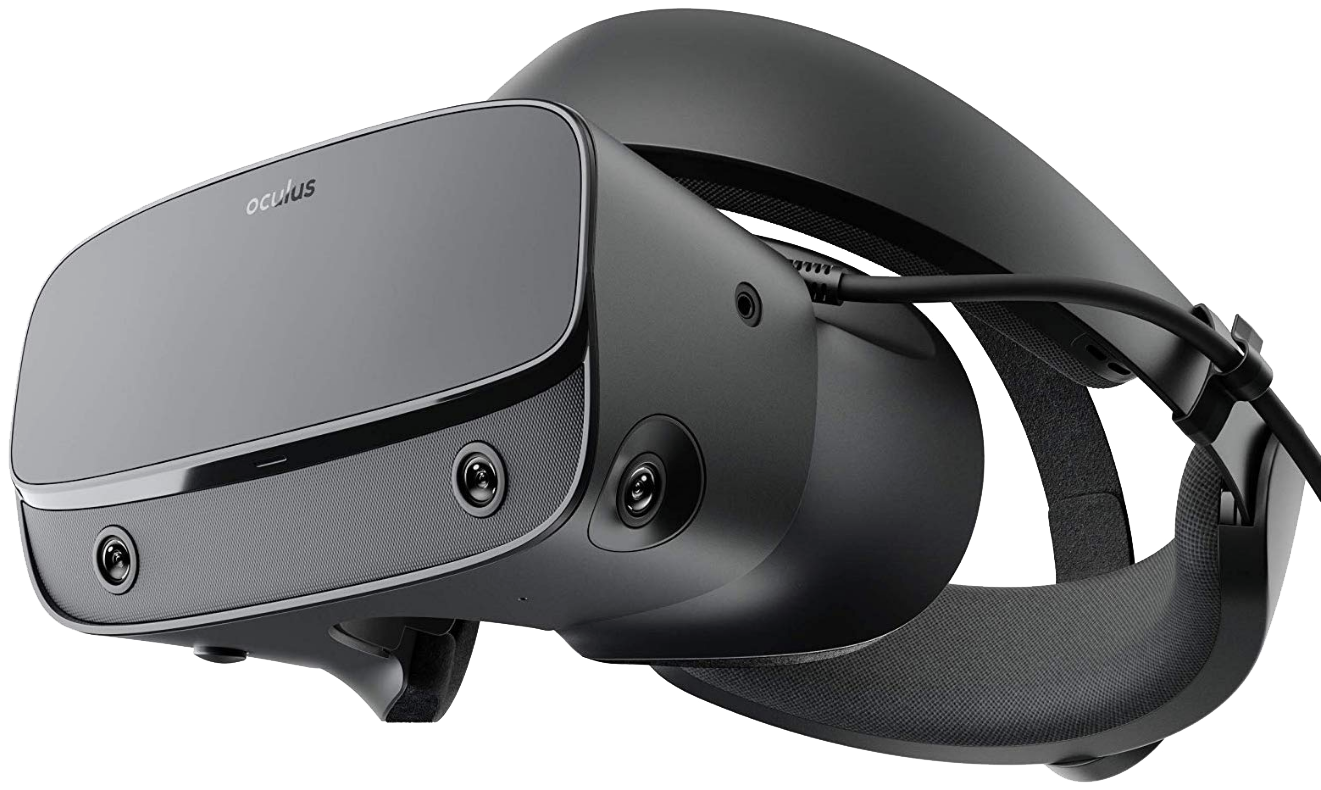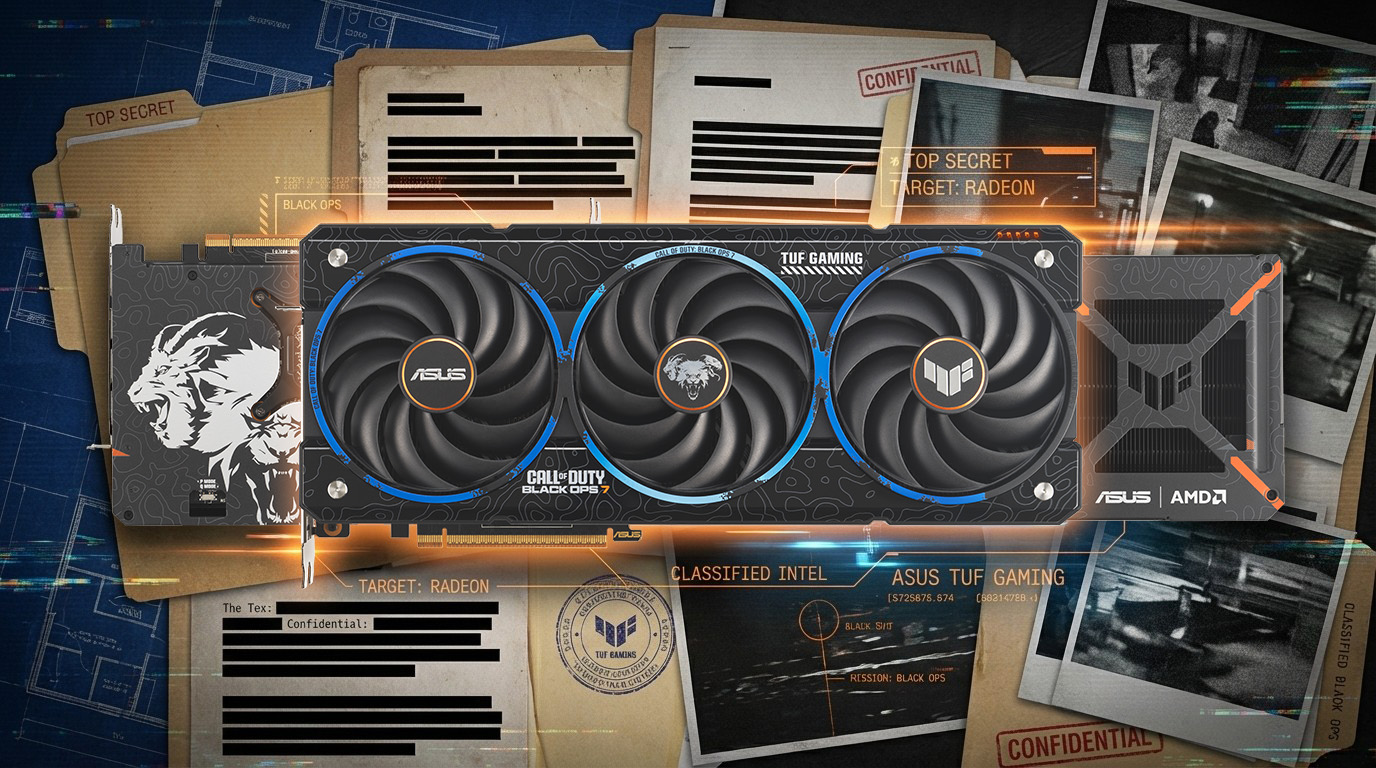Oculus Rift S hands on: A modest but critical update
It's a significant update, but also a wildly different approach to hardware.
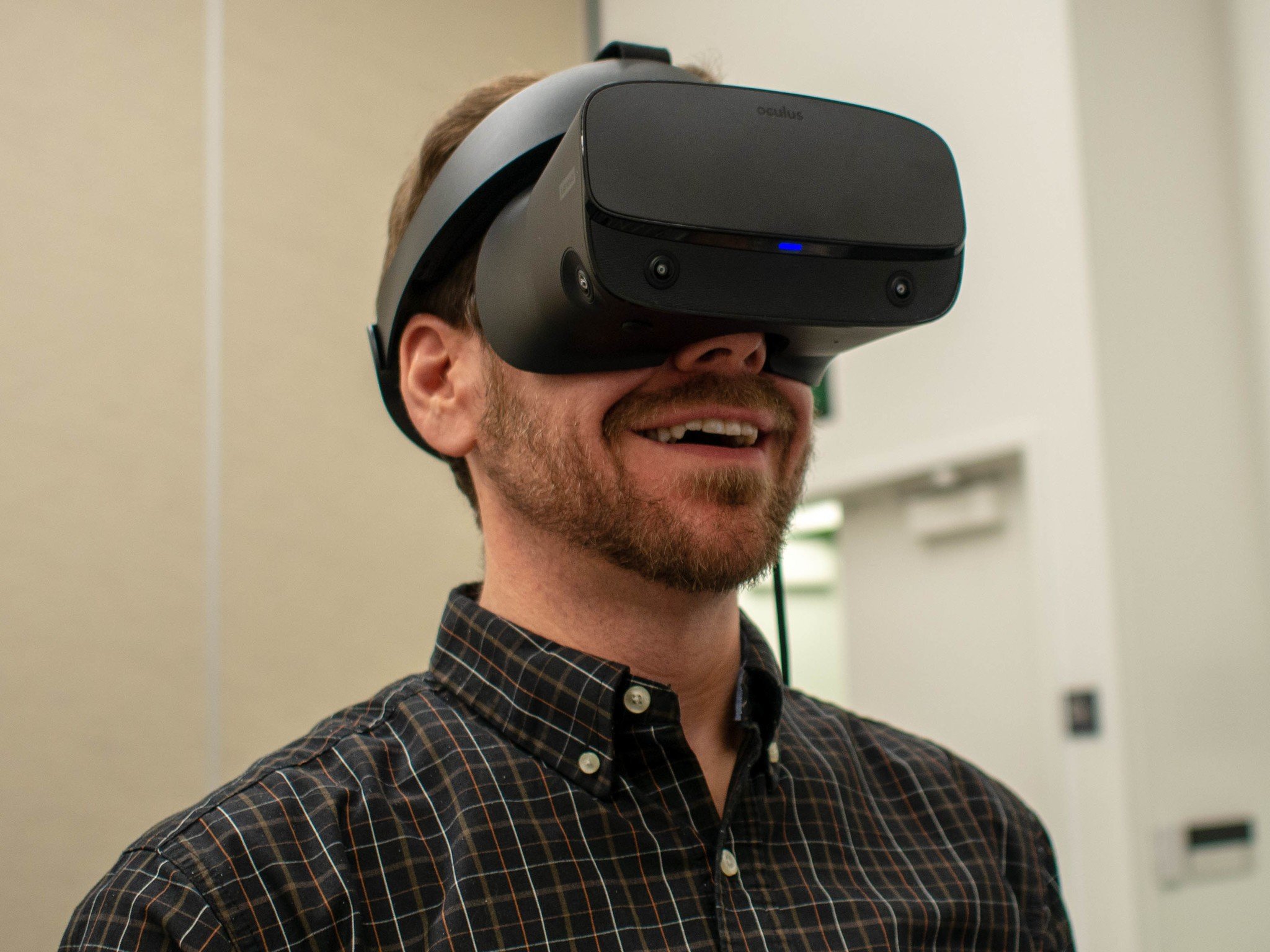
While the idea of a fully wireless, standalone headset like the Oculus Quest is an incredibly attractive proposition, the most powerful gaming experiences will always come when connected to a PC. But the Oculus Rift, which has dominated the VR industry for years now, is starting to show its age compared to a lot of the other headsets on the market.
Knowing this all too well, Oculus surprised everyone with a brand new PC-based VR headset called the Rift S. And after spending a little time with it, there's no doubt Oculus is aiming less at the bleeding edge than something affordable enough to live in as many homes as possible. While that's not at all a bad thing, it means you'll need to think hard about whether you actually want to upgrade from your existing Rift to this new one.
A new hardware partner, with lots of ideas borrowed
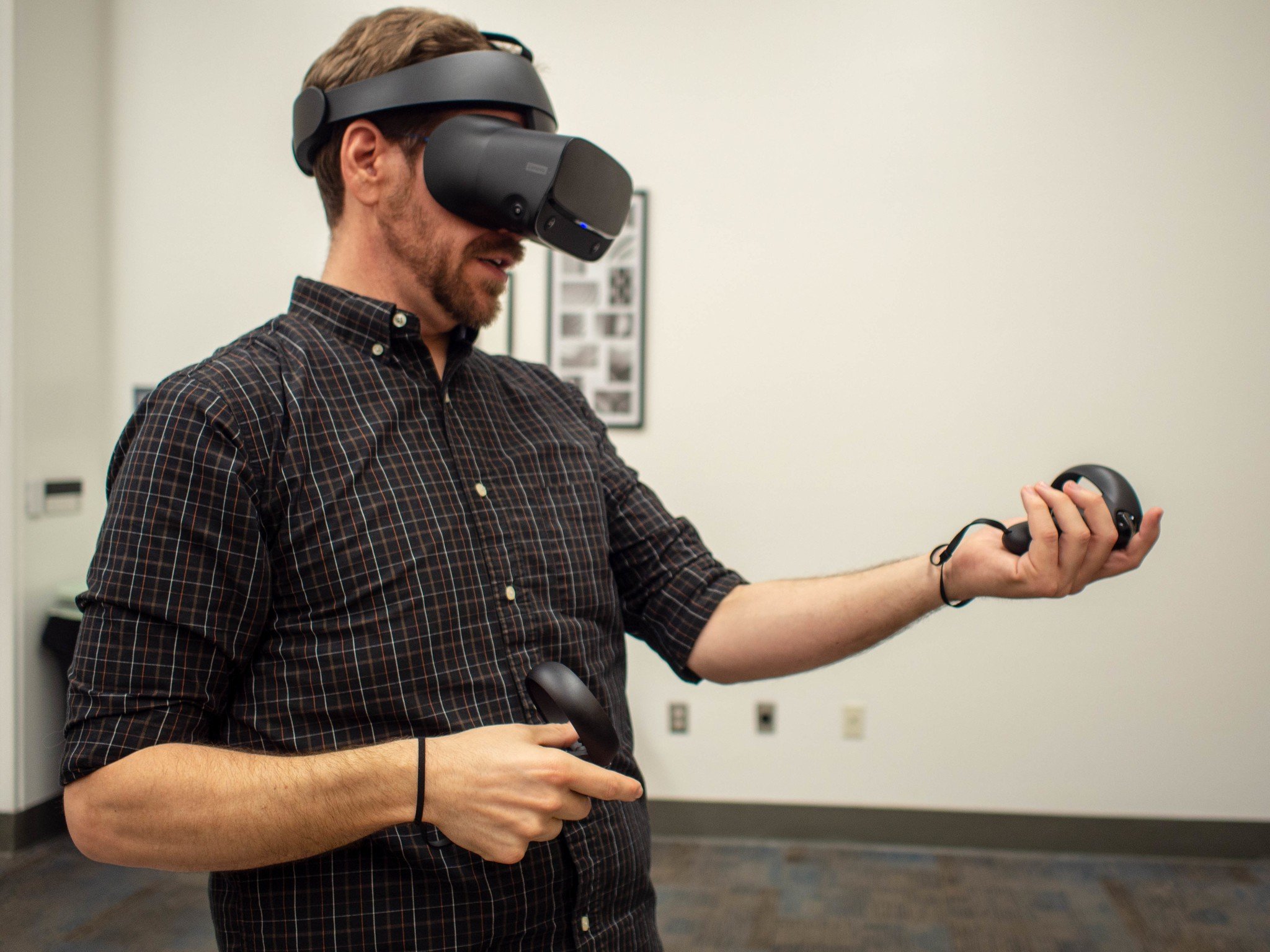
Until the launch of the Rift S, I would tell you it's easy to spot an Oculus headset due to their unique designs. You look at the Oculus Rift, Go, and Quest and it couldn't be more clear that these headsets are made by the same teams with the same inspirations. There's refinement in the design, for sure, but it's a uniquely Oculus look.
Oculus Rift S doesn't look like an Oculus headset. In fact, it kind of looks like a Windows Mixed Reality headset, and once you realize the manufacturing partner for the headset is Lenovo, that starts to make a lot more sense. The head strap is a solid "halo" design with a tightening ring on the back, which you see on every other Lenovo-made headset. You'll even find the Lenovo logo stamped on the side, but that doesn't mean it took the lead. if you ask Oculus you'll hear this is a partnership with its guiding hand at play.
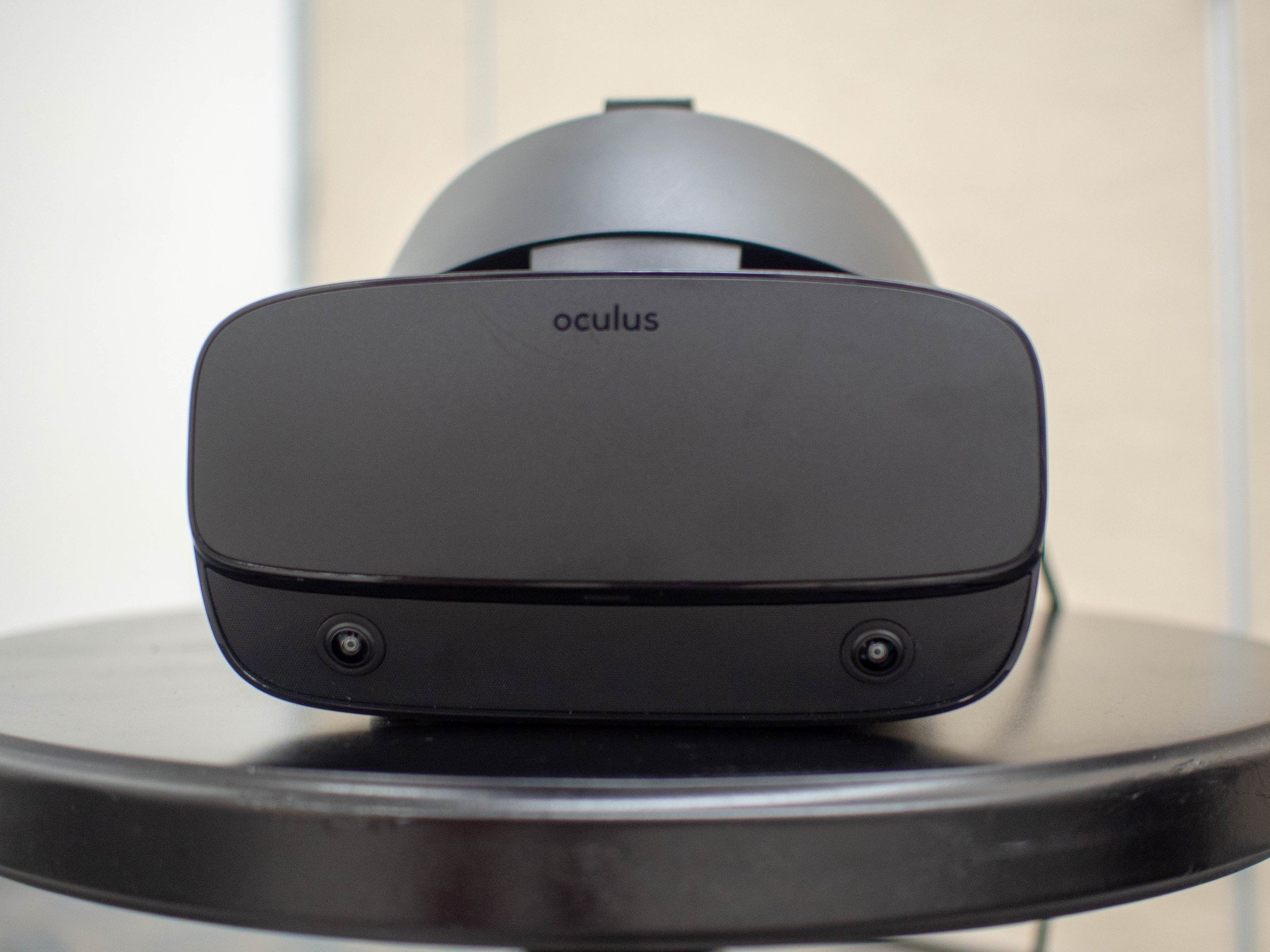
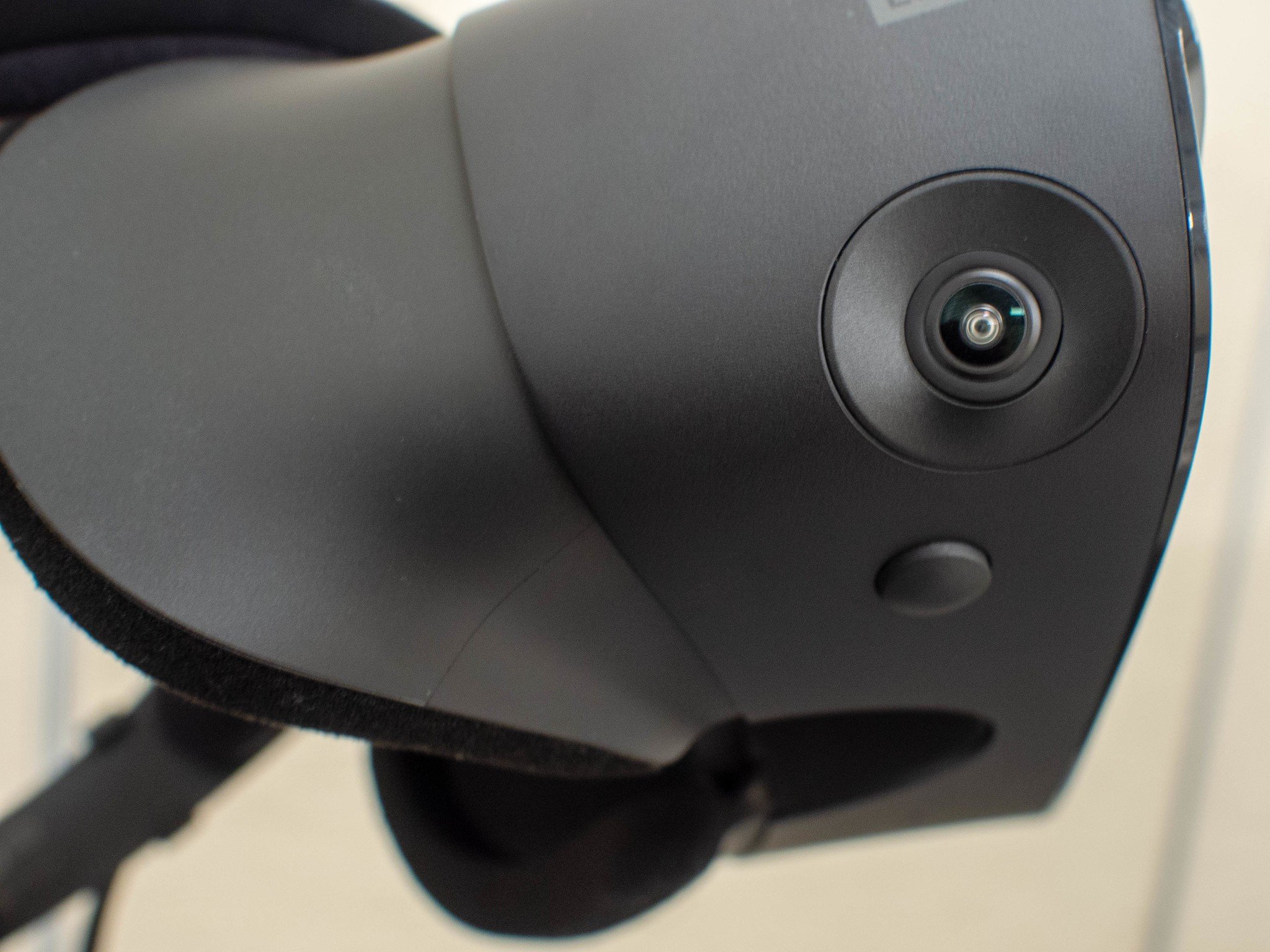
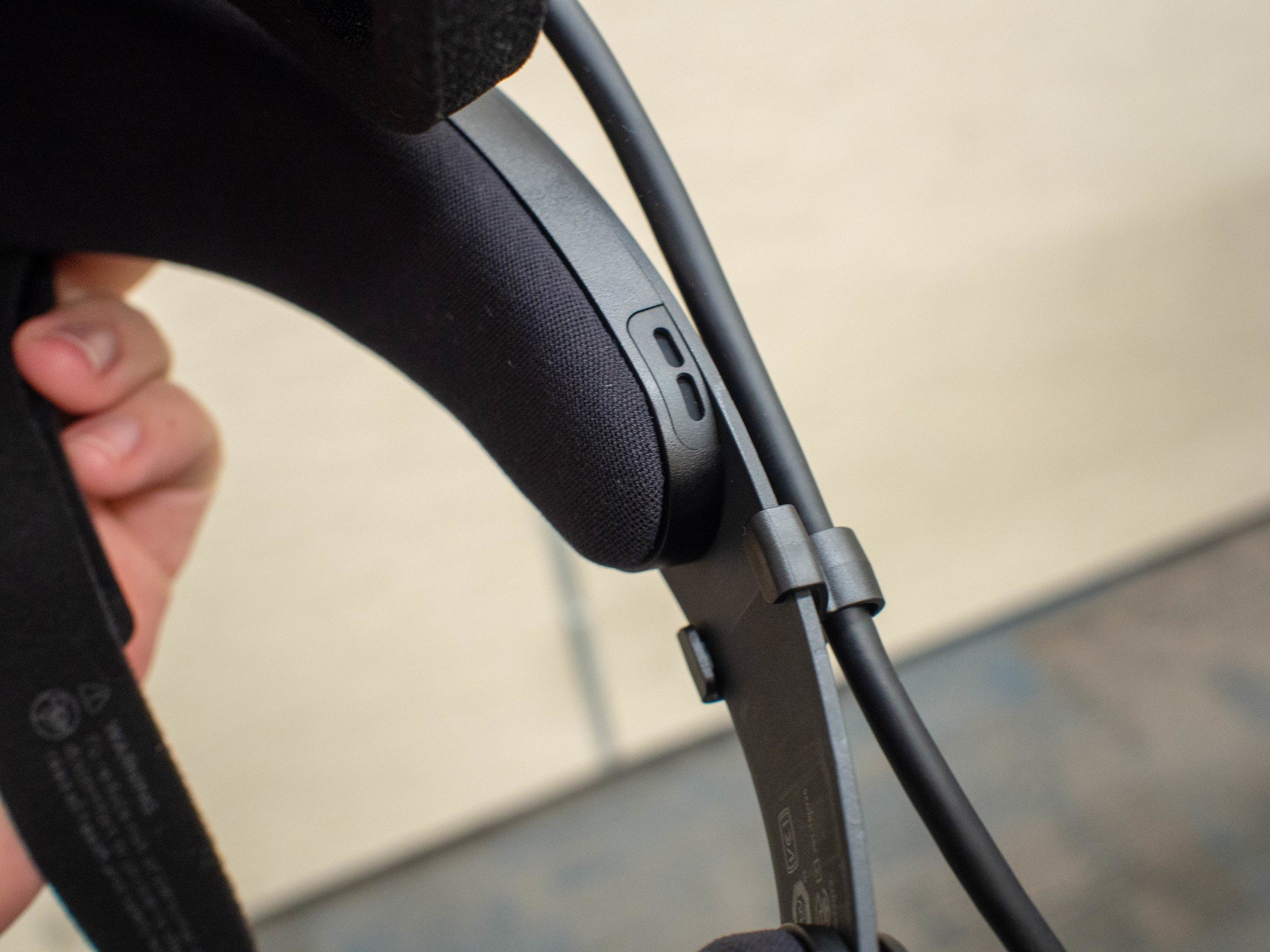
There are certainly some Oculus flourishes here. For starters, the sides of the headset strap have speakers built in like Oculus Go and Quest. These speakers get nice and loud, and fill the area around you with sound even if there's other sound in the room. If you're not a fan of the speakers, the headphone jack on the side will get you a more immersive experience. But in my demos, which included people talking and music in the background, once the game actually started the real world melted away quickly.
After a few minutes of using Rift S, I felt right at home.
The Rift S is covered in cameras. Five of them, in fact, and they all work together to create an inside-out tracking system. That means no more Oculus cameras on little stands, and no more need to use three or more USB ports on your PC to drive everything. Unlike Oculus Quest, the traceable area for your controllers is nearly a perfect sphere around your head. Oculus is also promising a pass-through camera mode with depth and no disorientation, so you can walk around with the headset on and interact with the real world without issue. This feature isn't available to test yet, but it sounds amazing.
Speaking of controllers, the design has changed from the original Oculus Touch design. The new one is identical to the Oculus Quest controllers, with the tracking ring coming up over your hand (in fact, they're the same controllers). This allows the controllers to be tracked by the cameras on the headset. These controllers feel a little smaller in the hand than the original Touch controllers, but are no less difficult to use and all of the buttons feel basically in the same place. I did notice I felt the need to shift my hands a little on the controller when I wanted to grip tightly, but it was a change I quickly adjusted to. Ultimately, this is how I feel about the whole headset. After a few minutes of using it, I felt right at home.
All the latest news, reviews, and guides for Windows and Xbox diehards.
Slashing monsters and solving puzzles

The Oculus Rift S experience in the headset is very similar to the existing Rift experience, which is intentional. The UI is exactly the same, the games you have access to are exactly the same, and Rift S is entirely compatible with all of your existing Rift content. If you bought it on Rift, you have it in your Rift S library, and when you play online you'll be playing with both Rift and Rift S players. There won't really be any way to tell one from the other in multiplayer environments, either.
Oculus is boasting better feresnel lenses with improved pixel density and a greater resolution, but the experience in the headset feels very similar to Rift. The "Screen Door Effect" you get with Rift is certainly decreased, but eagle-eyed users will still be able to find it if they go looking. The increase in resolution is matched by a slight decrease in frame rate, down to 80FPS from 90. In playing both intense action games and slower puzzle games in the demo, I can safely say you're not going to notice the frame drop. It is interesting to see Oculus move to an 80hz LCD display to save on cost and make it so your existing Oculus-ready PC will continue to run with Rift S, but it's not something I think anyone is going to really notice.
Easily the best part of this updated experience is being able to face away from your PC when you play. With no cameras connected to your PC to face, you can turn and position yourself in any direction. This means the single cable coming from the headset is almost always behind you, which makes it a lot easier to set and forget in a vast majority of the experiences you'll have on Oculus Rift. It's a huge quality bump in my opinion, not needing to tuck the cable way behind you. The new Oculus Rift S cable is slightly longer too, which is also immediately noticeable if you use a Rift every day.
All of this comes together to a significantly more active experience with no obvious downsides. I was able to move around a lot more freely, and had no tracking concerns. I could crouch all the way down to the ground, quickly slide to the left and right, or make a instant 180-degree pivot while scrambling to reach for the shield located on my back. At no point in any of this did my controllers lose tracking. Even when I'm pretty sure most of the controller body was under me as I knelt on the ground, the Oculus software was able to keep my positioned and comfortable. I even accidentally leaned forward a little too far when trying to stab a monster in Asgard's Wrath and punched the guy monitoring the demo, and while I still feel really bad about that, knowing I had that range of motion in a tent herd VR experience was an incredible sensation.
Evolution, not revolution
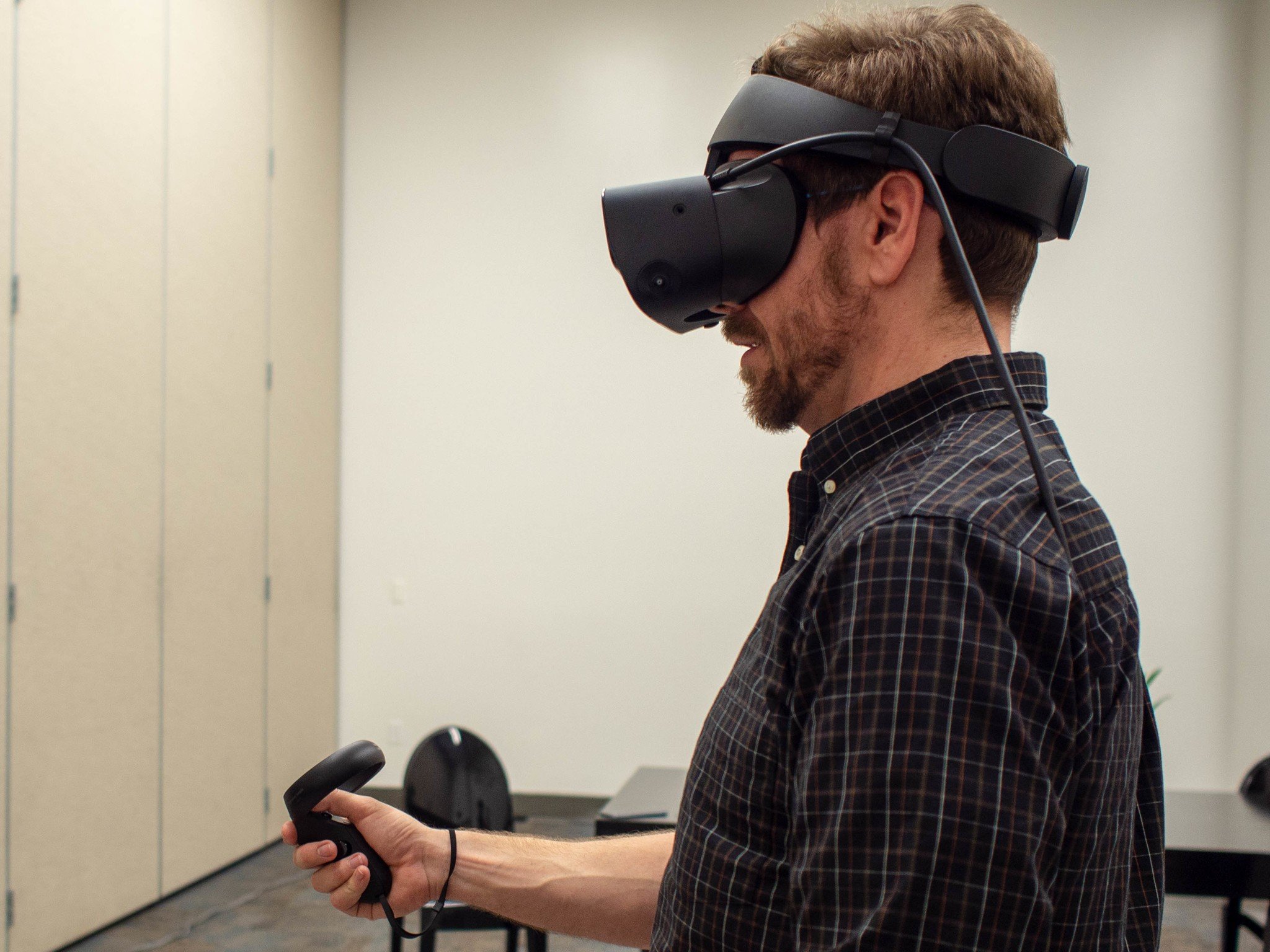
Oculus is fond of saying the PC-based VR space is where the company likes to push the envelope. Oculus Rift is where risks and experiments happen, while Oculus Quest is where polish is delivered. But the Oculus Rift S doesn't feel like a risk or an experiment. It feels like a fairly modest upgrade. While the external hardware is absolutely a huge step forward for Oculus, it's mostly catching up with the rest of the market at this point. And inside the headset, the S at the end of the new name feels incredibly apt because this feels like the kind of minor upgrade you get with the next iPhone.
If that feels like a complaint, I urge you to re-read the article. Oculus has delivered an entirely new hardware tracking system without sacrificing any quality or performance, and that's an amazing technical accomplishment. It may give people who currently own and love their existing Oculus Rift reason to pause before upgrading if they're already super happy with what they have, but everyone else is going to be delighted by this new model. And at $399, this whole package is a steal compared to every other desktop-class VR experience you can get today.

Russell is a tech nerd who chases the best of everything, from phones to game consoles to laptops and everything glowing or beeping. He's the Former Managing Editor of gaming content for Mobile Nations and can be found contributing to all of the Mobile Nations sites. Reach out on Twitter!
